
All categories
Featured selections
Trade Assurance
Buyer Central
Help Center
Get the app
Become a supplier

(17263 products available)







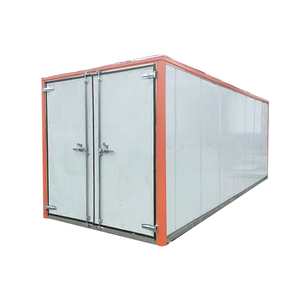


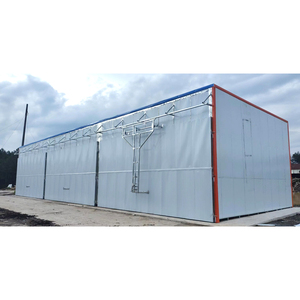



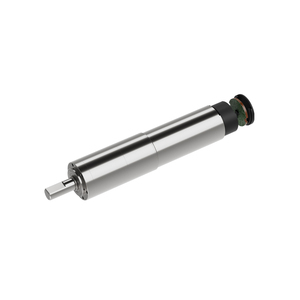
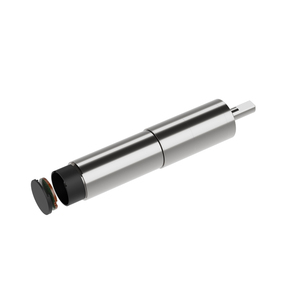


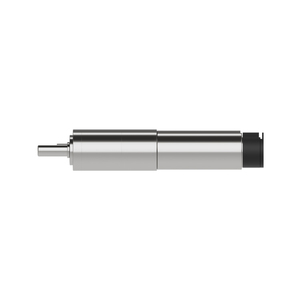









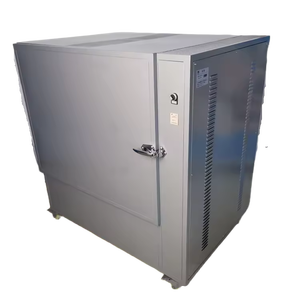


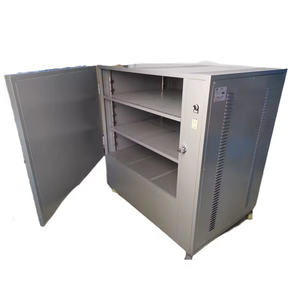


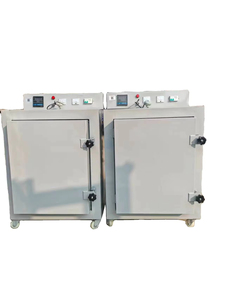
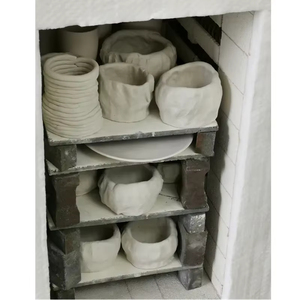


A kiln motor is the core of a rotary kiln. The types of kiln motors are as follows:
Made for alternating current, the AC motor is a kind of motor that is able to change the speed and direction of the rotary kiln. AC motors feature low costs and simple control systems, making them suitable for various industries and applications. When the kiln is required to change its direction, the AC motor can be easily adjusted by changing the wiring of the stator.
Direct current motors are made for direct current, which is also a type of motor that can change the direction and speed of the rotary kiln. The speed regulation of DC motors is very simple and convenient, so it is often used in applications that require speed regulation. In addition, the starting torque of direct current motors is large, which can ensure the operation of equipment and machinery under certain conditions.
Hydraulic motors are motors that use liquid pressure to push the pistons in the motor to achieve power output. The rotary kiln hydraulic motor is driven by the pressure of the hydraulic oil, and the pressure is changed into mechanical energy. The hydraulic motor can change the rotation speed of the rotary kiln through the opening and closing of the hydraulic valve, so as to achieve the purpose of controlling the speed of the equipment.
Stepper motors are motors that convert electrical pulses into angular displacement. The kiln motor can achieve precise control of movement and positioning by sending a fixed number of electrical pulses. This is mainly because the rotor of the stepper motor has a toothed and magnetic structure. Kiln motors that use a stepper motor can help to track and control the position of the rotary kiln in real time, ensuring stable and efficient operation.
The specifications of kiln motors vary depending on their intended application, but there are some common specifications buyers should be aware of when purchasing them for their business needs.
Proper maintenance is crucial to ensuring the kiln motor works efficiently and has a long service life. A maintenance plan should be put in place and adhered to. This should include routine inspections, which are aimed at identifying signs of wear and tear or damage to the motor. The motor should be cleaned regularly to remove any dirt or debris buildup. This debris and dirt can cause the motor to overheat and reduce its lifespan. Lubrication of moving parts is also crucial. This ensures that the motor operates smoothly and efficiently. The bearings should be inspected and lubricated to prevent friction or excessive vibration. Electrical connections and wiring should be inspected to ensure they are tight, and there are no signs of wear or damage.
Repair or replace any damaged parts immediately. Delayed repairs can cause further damage to the motor. During the maintenance process, it is crucial to take the necessary safety precautions to prevent accidents. This includes de-energizing the motor before performing any maintenance or inspection work on it. The user manual for the motor also has useful information on the recommended maintenance practices. Users should thoroughly go through it before performing any maintenance on the motor.
A kiln motor is utilized in various industries and applications that involve the heating and treatment of materials. Here are some common scenarios of its usage:
In ceramic and pottery factories, kiln motors are used to power large-scale kilns for firing ceramic products. The kiln motors provide the necessary rotational movement to ensure even heating and proper treatment of the ceramics.
In manufacturing and processing plants, such as those in the chemical and metallurgy industries, kiln motors are used for rotary kilns. The kiln motors help to apply high-temperature and continuous processes to materials, like roasting, decomposition, calcination, and drying.
In the construction industry, kiln motors are commonly used in cement plants and concrete batching plants. They are used to provide power for cement kilns and other rotary kiln equipment. Kiln motors play a critical role in the production and processing of cement and concrete materials.
In the recycling industry, kiln motors may be employed in waste treatment facilities that utilize rotary kilns for incineration or thermal decomposition of waste materials. Kiln motors play a vital role in ensuring the proper and efficient disposal of waste.
Kiln motors are also used in various other applications, such as in the agricultural industry for grain drying and food processing, in the pharmaceutical industry for the production of drugs and medicines, and in the automotive industry for the manufacturing of automotive parts.
When choosing kiln motors for sale, it is essential to consider the different types of motors available in the market, their horsepower ranges, and their specific applications. For instance, the AC motor is a popular choice because it provides businesses with a cost-effective solution for their equipment. Selecting the right horsepower range will help ensure the motor can meet the demands of the equipment and the specifications required. One important consideration to make is to determine the specific application of the kiln motor. For instance, if the kiln motor will be used in the mining industry, the motor should be able to withstand harsh conditions and have a high protection rating. The same applies if the kiln motor will be used in the manufacturing industry.
Another important consideration is the efficiency of the motor. It is best to opt for premium efficiency models, as they can help reduce operating costs and energy consumption. Selecting a kiln motor with the right voltage rating is also important. It is crucial to ensure that the motor's voltage is compatible with the equipment it will power. It is also important to determine the motor's speed requirement. Most kiln motors have fixed speeds, but some have multiple speed settings. In this case, it is important to ensure that the selected speed settings are suitable for the application.
Another important consideration is to look for kiln motors that are built for long-term performance. Durability and reliability are crucial for minimizing downtime and maintenance costs. Also, it is important to ensure that the motor is designed for easy maintenance and servicing. This will help ensure that routine maintenance tasks, such as lubrication and belt adjustments, can be performed without complications. When selecting kiln motors for sale, it is important to check if there are any additional features or options available. For instance, some kiln motors may have overload protection or advanced control features to enhance their safety and performance.
It is important to compare different suppliers and their prices. This will help to purchase the kiln motor within the set budget. More importantly, it is essential to work with a reputable supplier who will provide guidance and support during the selection process.
Q1: What is the difference between a kiln motor and a regular motor?
A1: Kiln motors are designed to meet the specific requirements of cement kilns. These requirements demand motors with high starting torque, high temperature resistance, and the ability to withstand harsh operating environments.
Q2: What is an explosion-proof motor?
A2: Explosion-proof motors are specially constructed motors that can be used in environments where flammable gases, vapors, or dust may be present. These motors are designed to prevent internal arcing or sparking that could ignite flammable substances in the surrounding area.
Q3: What are the benefits of using a kiln motor with a VFD (Variable Frequency Drive)?
A3: A VFD allows for precise speed and torque control, energy savings by adjusting motor speed to match the demand, soft starting to reduce mechanical stress and extend equipment life, and the ability to integrate with automation systems for improved process control.
Q4: What is the expected lifespan of a kiln motor?
A4: Generally, a kiln motor is designed to have a service life of about 20 to 30 years. However, the lifespan of a kiln motor can vary depending on the quality of the motor, the operating conditions, the maintenance practices, and the frequency of use.